To provide the best experiences, we use technologies like cookies to store and/or access device information. Consenting to these technologies will allow us to process data such as browsing behaviour or unique IDs on this site. Not consenting or withdrawing consent, may adversely affect certain features and functions.
The technical storage or access is strictly necessary for the legitimate purpose of enabling the use of a specific service explicitly requested by the subscriber or user, or for the sole purpose of carrying out the transmission of a communication over an electronic communications network.
The technical storage or access is necessary for the legitimate purpose of storing preferences that are not requested by the subscriber or user.
The technical storage or access that is used exclusively for statistical purposes.
The technical storage or access that is used exclusively for anonymous statistical purposes. Without a subpoena, voluntary compliance on the part of your Internet Service Provider, or additional records from a third party, information stored or retrieved for this purpose alone cannot usually be used to identify you.
The technical storage or access is required to create user profiles to send advertising, or to track the user on a website or across several websites for similar marketing purposes.



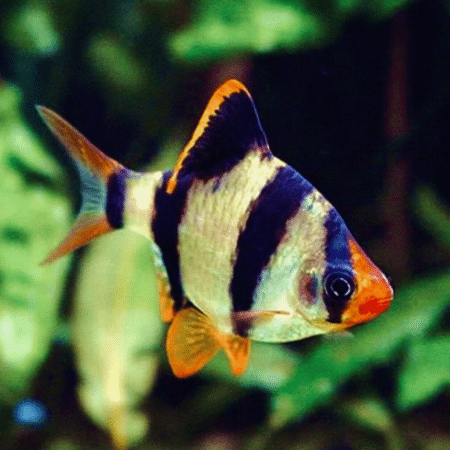


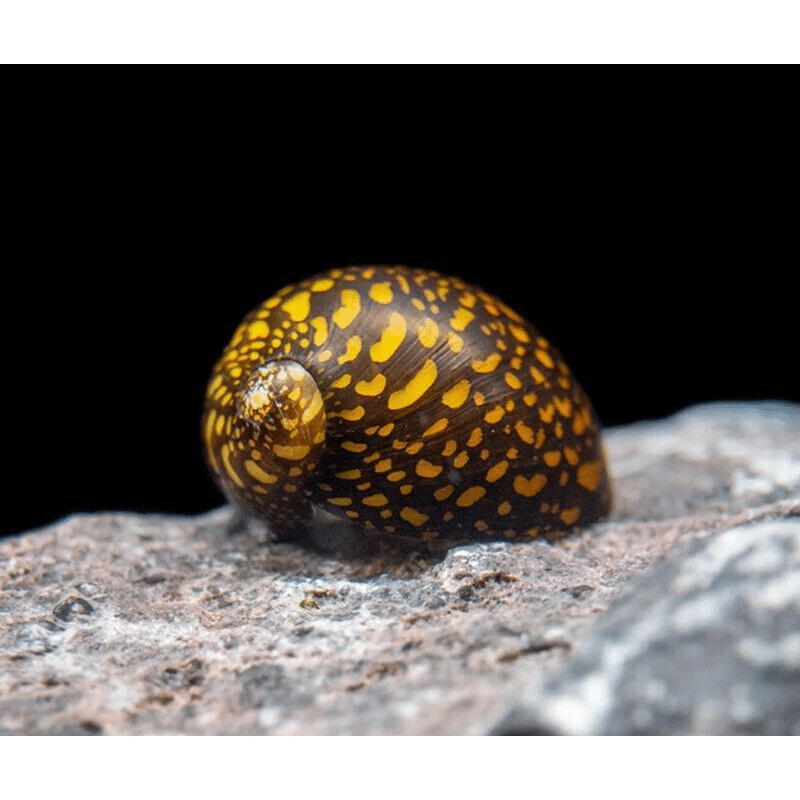
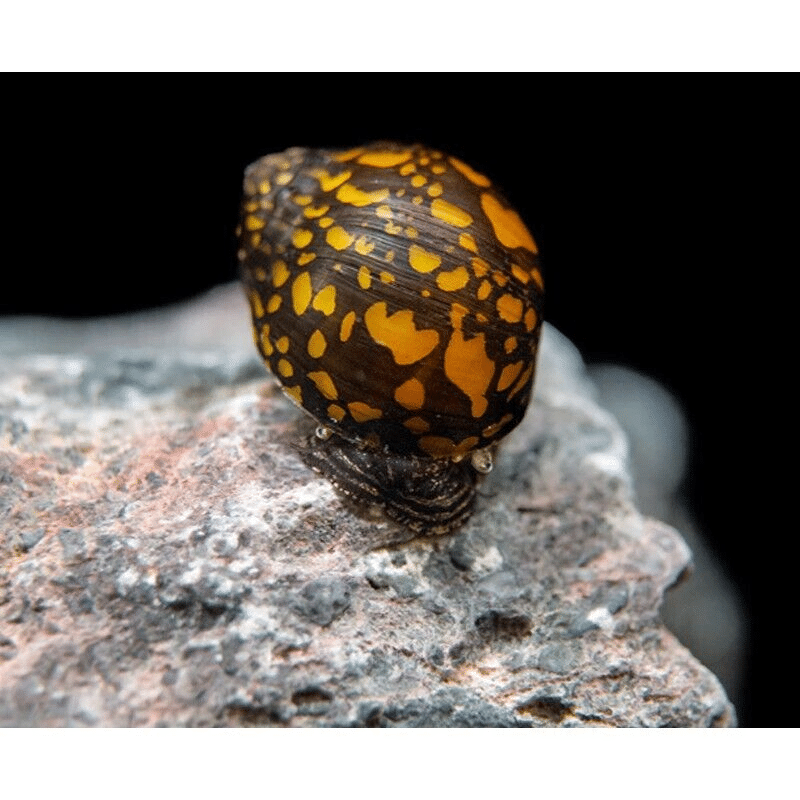


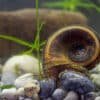
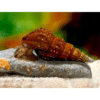










Emma Collins (verified owner) –
I recently added the Batik Nerite Snail to my freshwater tank, and I couldn’t be happier! This little guy has been working tirelessly to keep my tank clean, munching on algae like a champ. I’ve had him for about two months now, and after observing his behavior, I can confidently say he’s a fantastic algae eater. Not only is he efficient, but his unique shell pattern adds a pop of color to my aquarium.
Compared to other snails I’ve kept in the past, the Batik Nerite is much more active and engaging. He spends his days exploring the tank and climbing all over the decorations. My fish seem to enjoy having him around too, and it creates a lively environment in the tank.
One minor concern is that he occasionally gets stuck on the filter intake, but a quick adjustment solved that issue. Overall, I highly recommend the Batik Nerite Snail for any aquarium enthusiast looking to enhance their tank’s health and aesthetics. Perfect for both beginners and seasoned hobbyists, he truly brings a lot to my aquatic family!
Emily Roberts (verified owner) –
I recently added a Batik Nerite Snail to my aquarium, and I couldn’t be more thrilled! As a passionate aquarist, I always strive to create a balanced and beautiful ecosystem for my fish. After about two weeks, I’ve noticed a significant reduction in algae on my tank walls and decorations. These freshwater snails are not only effective algae eaters but also come with such striking patterns that they add visual interest to my setup.
Compared to other snails I’ve kept, the Batik Nerite has a calm demeanor and seems to coexist peacefully with my fish. I appreciate that they’re easy to care for, making them perfect for beginners or seasoned hobbyists alike. Just a minor point to note—be sure to keep an eye on salinity levels, as these snails thrive best in freshwater with a bit of mineral content.
I highly recommend the Batik Nerite Snail for anyone looking to enhance their freshwater tank. They really promote harmony and add a touch of natural beauty to any aquarium. Plus, you can’t beat the joy of watching them glide around cleaning as they work! Will definitely be adding more soon!